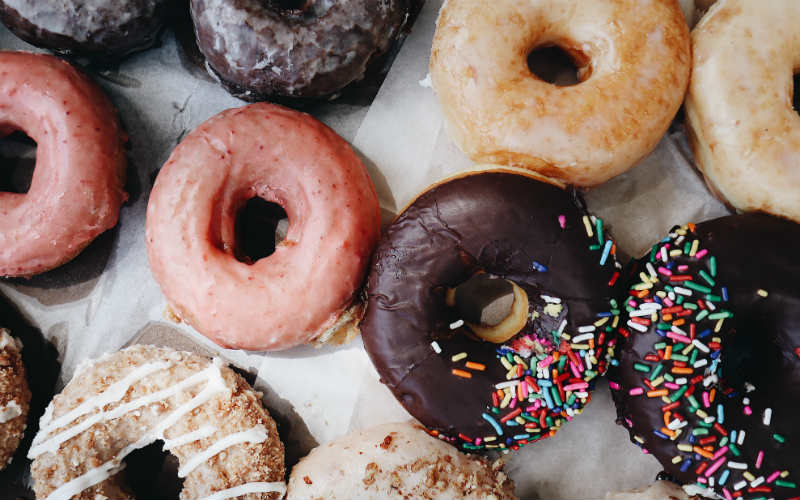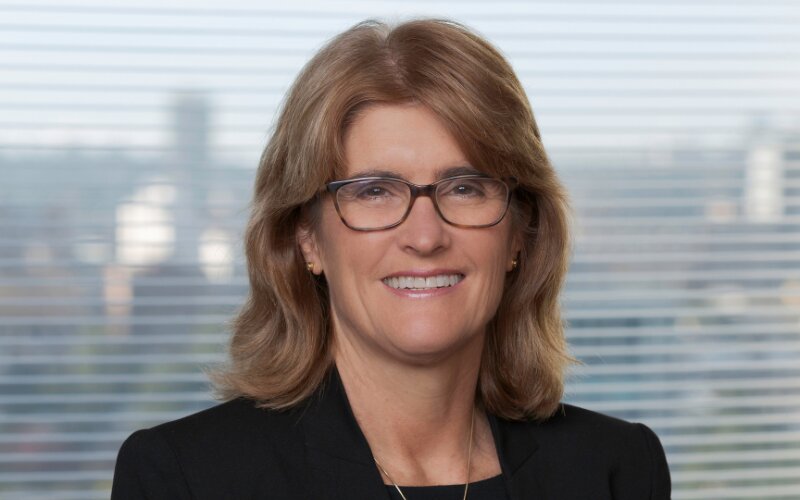Household spending grew 11.8% from February '22 to '23, with growth in discretionary spending at just 5.8%.
This is the weakest annualised growth rate since January 2022, where the reference period included the Covid lockdowns and restrictions of 2021.
Robert Ewing, ABS head of business indicators, said this was likely a result of households continuing to adjust to cost of living pressures
Non discretionary spending was stronger, at 17.5% growth, primarily driven by increases to spending on transport (up 25.7%), hotels, cafes and resturants (up 25.9%) and food (up 12.8%).
The growth in most of these spending categories though is down substantially compared to January.
Household spending is estimated using current prices, which means it isn't adjusted for inflation, so it's important to remember that these figures are also influenced by the cost of goods and services rising over the year.
State by state breakdown
Nearly all states saw a drop in household spending compared to the January numbers.
Western Australia was the exception, where spending in February '23 was 13.6% higher than the same time last year, which eclipsed a 13% jump from January '22 to '23.
The ACT saw the biggest increase to spending (15%), although this is down from 20.6% in January.
The biggest slowdown occured in Victoria, where spending growth dropped from 19.7% in January to 11.1%.
The outlook for May
The latest ABS figures capture all but the most recent rate rise.
Most analysts though say there is a lag period of a couple of months before changes to the cash rate are reflected in spending data, so we may have to wait to see the effects of the most recent hikes.
Lower household spending is part of the RBA's intent with the increases to the cash rate.
People having less discretionary income helps to take demand out of the economy, cooling inflation that remains well above target levels.
Household spending is the first of the releases this month that could influence May's monetary policy decision.
Softer than anticipated monthly Consumer Price Index (CPI) figures were cited as a factor in the decision to pause cash rate hikes earlier this month, although the quarterly index that will be released 26 April is likely weigh on the RBA's May decision heavily.
The RBA will also be looking out for the Labour Force stats, which the ABS is scheduled to release tomorrow.
In April's monetary policy statement, and in a speech he gave the following day, RBA Governor Phillip Lowe also mentioned the rental crisis, which he said was an increasingly pressing concern.
While it's too early to get a sense of the direction the reserve bank is likely to take in May, shrinking household spending growth might be an encouraging sign for mortgage holders struggling with high interest rates.
Picture by Karolina Grabowska on Pexels





 Rachel Horan
Rachel Horan
 Brooke Cooper
Brooke Cooper
 Hanan Dervisevic
Hanan Dervisevic

